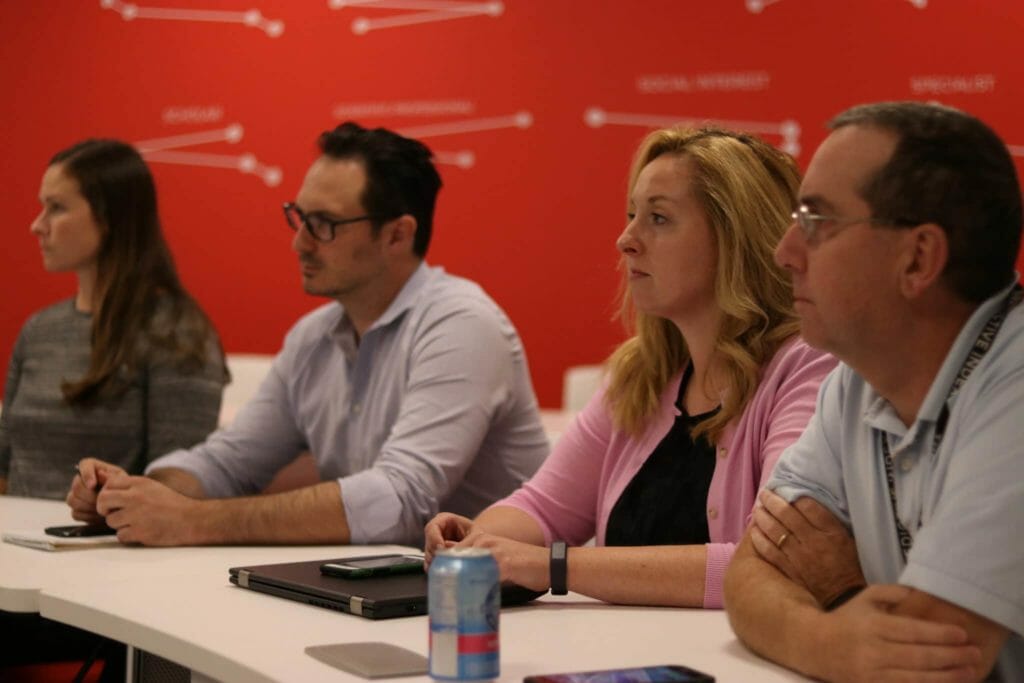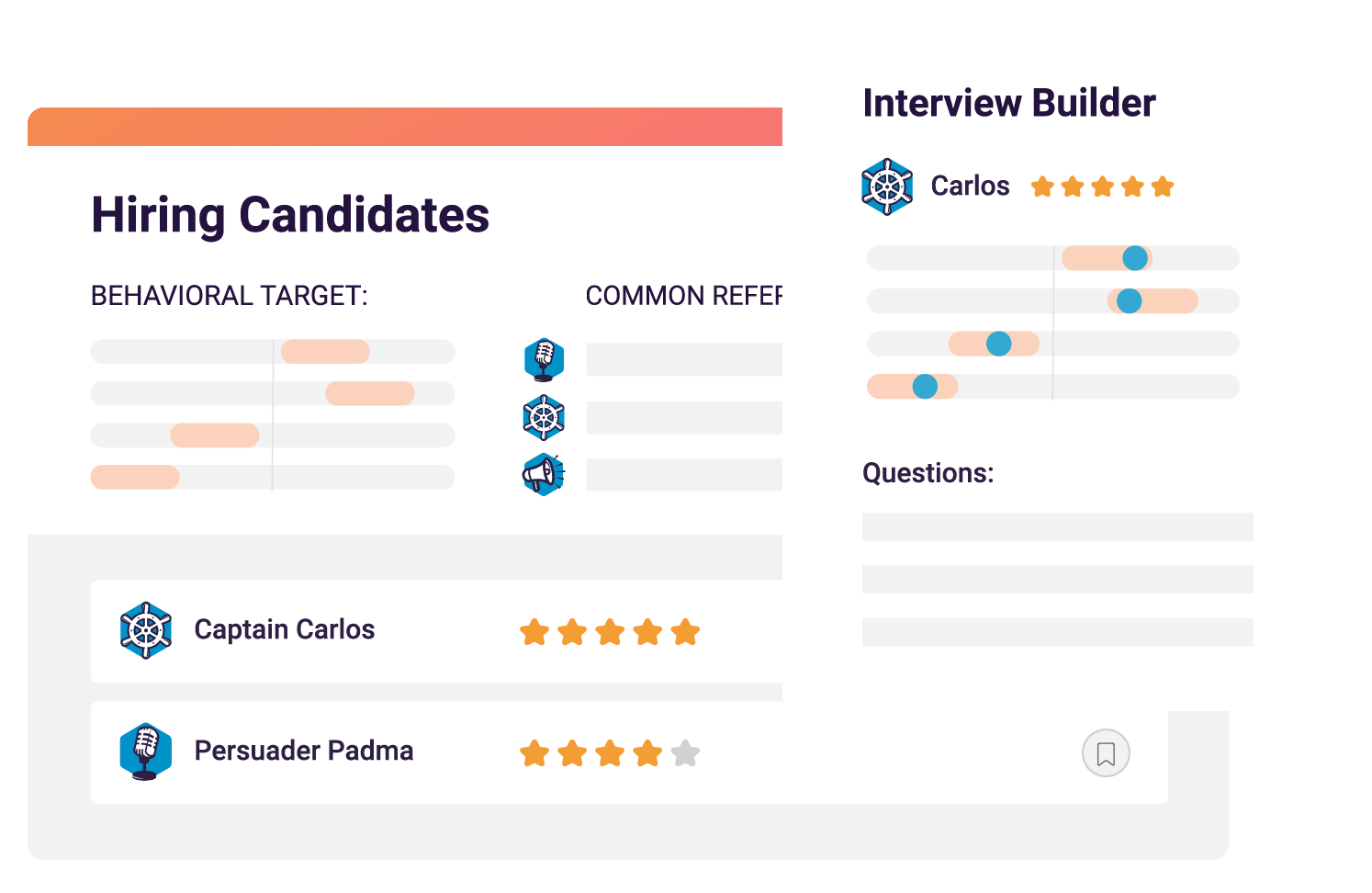Few things are more deflating than being denied resources you know you need. This is true in all lines of work, but especially if you’re in the Human Resources or People Operations field, where your daily mission is about bettering people’s work lives.
You identify a need, you research tools that can address that need, and you pitch one of those tools, painting a picture of its many benefits… only to be told: “Nope.”
Oof.
It can happen for any number of reasons, at any organization. But no matter the justification, you feel like you missed an opportunity.
So what can you do about it? As an HR professional, often, your best defense is a good offense. That is, if you can anticipate the reasons you might have your proposals denied, you can more readily provide insights that dispel misconceptions. In doing so, you might open some people’s minds, and open doors to helping other people throughout the business.
Here are four common reasons HR leaders get denied—as well as some quick tips for how to avoid being overtly shot down:
70% of People Say that HR is an Essential Piece of the Leadership Puzzle
Our State of Talent Optimization Report will help you put that puzzle together and become the leader you need to be
1. The timing is just not right.
There’s a general perception that corporate budgets tighten during times of economic uncertainty, and there’s certainly truth to that. But SHRM notes that such uncertainty doesn’t necessarily mean HR tech investments are off the table.
You just need to be discerning about which cases to make, and when.
Think about budget approval not only in terms of this quarter, but the foreseeable year. When will this investment’s payoff start to offset its cost? What’s the timeline for implementation, and beyond that, for serious adoption? Who’s involved in the process?
If the people you need running the process to ground are consumed with other priorities, then it might not be a matter of the value your proposal provides. You might hear “No,” when really, the answer is “Not now.”
Tip: Get feedback from stakeholders across the business, and ask them: “If not now, when?”
2. The timing is right, but the implementation plan is off.
It’s not much use seeking budget approval for new technology or resources without a plan for how you’ll integrate them efficiently within existing processes. Too often, HR leaders or other internal champions are hyper-focused on the “why,” without considering the “how.”
In the event your proposal is given the immediate “all clear,” you need to consider:
- License and headcount numbers
- Resource availability across teams involved with implementation
- Calendar availability for training, troubleshooting, and follow-up
- Contingency plans for monitoring, updating, and reporting
And that’s really just the tip of the iceberg. The implementation phase is just stage one. But if you don’t get it right, you’ll risk diminishing any returns on the investment.
Tip: Create a RACI chart, identifying who’s responsible, accountable, consulted, and informed for implementation, along with timelines and checkpoints for measuring success.

3. You’re not seeing the forest from the (HR) trees.
How often do you hear (or voice) frustration about people erroneously labeling a tool or initiative “an HR thing?”
People problems are business problems, and people are your most important asset. You know this as an HR professional, and you approach even the most mundane daily tasks, like benefits paperwork, with an understanding of how they affect the greater business good.
So why wouldn’t you approach your requests for new tech or resources the same way? It’s a two-way street, after all.
Bring in anyone who might be involved, interested in, or affected by the changes you’re proposing, soliciting their opinions and feedback. Make it clear this is a business case, not just an HR tool.
If you’re too focused on how a new system or program will alleviate issues only HR is concerned with—rather than connecting those problems to broader business priorities—then your proposal will probably fall on deaf ears.
Tip: Have a clear understanding of current business goals, and create visuals that connect to them, while citing potential benefits that apply to each team or department.
4. You’re not providing the right evidence of ROI.
This one probably comes as no surprise; it’s the most common (and for many, most frustrating) reason HR professionals see their well-informed, well-intentioned proposals land dead on arrival.
And in many cases, it’s a shortcoming that’s beyond their control.
Proving ROI is no easy task under the most straightforward circumstances. Displaying it before the proposed solution is even implemented is an especially daunting task. Your projections are inevitably going to be rooted in some hypotheticals. That means people can (and will) poke holes in your proposal based on any number of potential variables. Gaining buy-in is a complicated, often subjective exercise.
Even the most airtight cost/benefit analyses can be shot down for arbitrary reasons. Your solution may be viable, but another one addresses a more immediate need (or is being pitched by a more prominent voice). For better or worse, all these factors are real, and can directly derail your best ROI efforts.
Ultimately, you can never provide enough evidence of ROI. So instead, focus on providing the right data. Think about whose approval (and therefore, whose influence) matters most, and focus your efforts there. Address the pain they feel first, and highlight the bottom-line numbers most likely to move the needle for them.
Tip: Ask for case studies, success stories, references, and anything else that can be provided from your key points of contact. Express that these are essential for you to gain
How PI can help
The Predictive Index’s suite of talent optimization tools is designed with the end user—whether they be a member of the HR or People Ops team, a hiring manager, or someone in between—front of mind. Identify the product that suits your immediate needs, whether your hiring process needs a facelift, you’re worried about employee engagement, you want to empower managers, or you’re rethinking team design.
Join 10,000 companies solving the most complex people problems with PI.
Hire the right people, inspire their best work, design dream teams, and sustain engagement for the long haul.
A PI certified talent optimization consultant can help guide you—and help secure the buy-in you need—along the way to solving your most pressing people problems.








